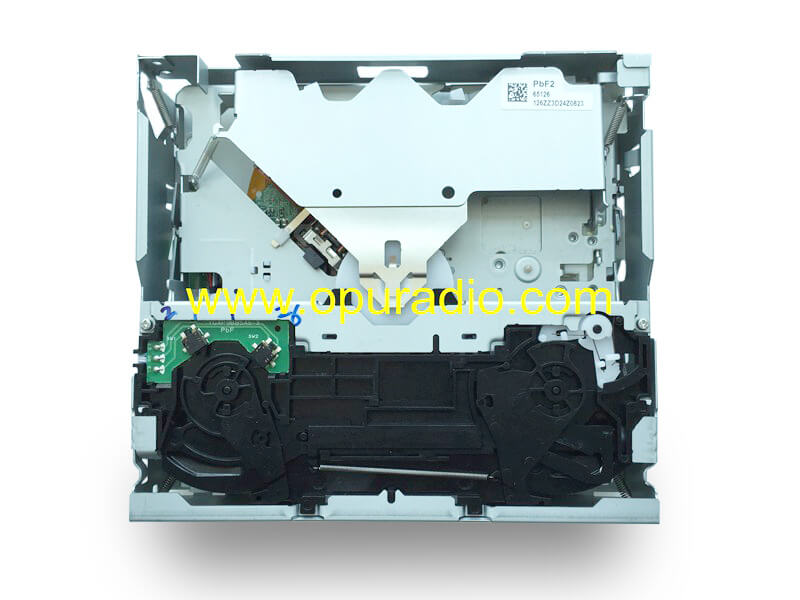
- Flex moduleloader how to#
- Flex moduleloader install#
webpack transforms and bundles JavaScript files to use in browsers. vue-style-loader injects CSS into SFCs as the style tags. css-loader interprets and resolves and url() CSS imports. Uses and polyfills that extend browser Javascript features. babel-loader converts ES6 code to browser-friendly ES5 code. vue-loader and vue-template-compiler transpile Vue files into JavaScript. Now, let’s take a moment to understand our dependencies and their importance in our project. Discover popular ORMs used in the TypeScript landscape. Explore Tauri, a new framework for building binaries. Flex moduleloader how to#
Learn how to animate your React app with AnimXYZ. 
 Switch between multiple versions of Node. Use React's useEffect to optimize your application's performance. Don't miss a moment with The Replay, a curated newsletter from LogRocket. We only need them for development to transpile our code into a single JavaScript bundle. Note that we added the -D flag to our yarn add command to indicate that these libraries should be installed as development dependencies. $ yarn add -D vue-loader babel-loader css-loader vue-style-loader vue-template-compiler webpack webpack-cli webpack-dev-server Then, we must run our development dependencies: # ~/todo-list We’ll start with our main dependency, Vue, by running the following: # ~/todo-list
Switch between multiple versions of Node. Use React's useEffect to optimize your application's performance. Don't miss a moment with The Replay, a curated newsletter from LogRocket. We only need them for development to transpile our code into a single JavaScript bundle. Note that we added the -D flag to our yarn add command to indicate that these libraries should be installed as development dependencies. $ yarn add -D vue-loader babel-loader css-loader vue-style-loader vue-template-compiler webpack webpack-cli webpack-dev-server Then, we must run our development dependencies: # ~/todo-list We’ll start with our main dependency, Vue, by running the following: # ~/todo-list Flex moduleloader install#
Now that we have our package.json, we must install our dependencies. This creates our package.json file, which stores project metadata and keeps track of our project’s dependencies. Next, go into the project directory to initialize npm using npm init and follow the prompts. To start our project, create a project directory by running the following: ~$ mkdir todo-list
An IDE or text editor of your choice, like Sublime Text or Visual Studio Code. A JavaScript package manager we’ll use yarn. To follow along you’ll need to install the following: To understand how to use vue-loader, we’ll build a simple to-do list app. vue and the vue-loader transpiles them into JavaScript so the browser can understand. What is vue-loader, you ask? It’s a webpack loader that supports defining Vue.js components in single files known as single-file components (SFCs). In this tutorial, we will explore setting up a Vue.js single-page application using vue-loader. Vue.js is one of several JavaScript frameworks that can build single-page applications. They have grown in popularity because of their speed, performance, and cross-platform functionality. These applications react to users dynamically by changing page content as users interact rather than loading new pages with new data. Single-page applications are all the rave now. Using vue-loader to create single-page applications When she's not writing code, she likes to read, listen to music, and put cute outfits together. 
Ibiyemi Adewakun Follow Ibiyemi is a full-stack developer from Lagos.







 0 kommentar(er)
0 kommentar(er)
